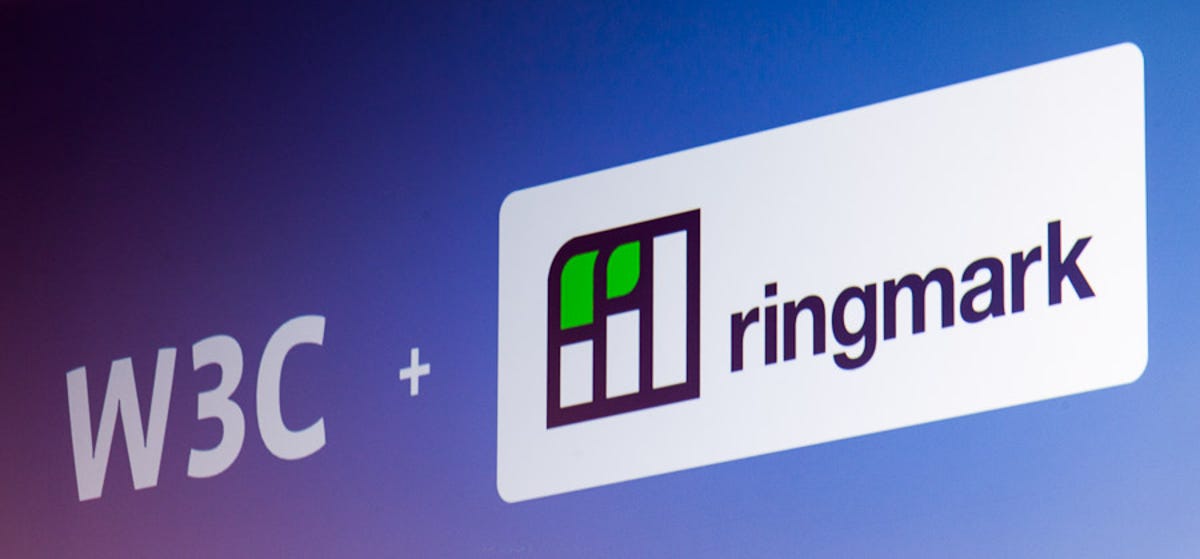BARCELONA–Facebook would like to build more mobile Web apps and fewer mobile native apps. Really, it would — but browsers just aren’t up to it, the company has concluded.
Web apps naturally span the multitudes of mobile devices that Facebook loves to run on, but they support Web standards so inconsistently that it’s a developer’s nightmare, said Facebook Chief Technology Officer Bret Taylor, speaking here at Mobile World Congress in Barcelona, Spain. So Facebook is trying to do something about it: “We’re taking on mobile web standards,” Taylor said.


It’s a two-pronged effort. First, Facebook is working with a wide range of companies and the World Wide Web Consortium to standardize a set of Web standards suited for mobile apps. Second, it’s coming up with a corresponding mobile Web standards test suite called Ringmark.
Facebook has a lot to gain from the project. Most obviously, it could reach more mobile devices with less development effort. But it also would benefit when third-party developers could have an easier time with the same challenge when plugging their apps into Facebook’s Open Graph technology, which lets people inform their contacts when they’re doing things like listening to music on Spotify.
The work dovetails nicely with another effort, Mozilla’s B2G browser-based mobile OS, which runs Web apps and nothing but. Telefonica is backing B2G since its phones will be ten times cheaper than iPhones, but Mozilla is the first to acknowledge that mobile Web standards need work. Mozilla is a Facebook ally for the mobile Web standards, and the Mike Shaver, the former director of Firefox engineering, now leads Facebook’s Android app engineering
Taylor said that Facebook has another gripe with the mobile Web: payments.
Where Android and iOS have massive app stores with millions of registered account holders, the Web has a mess.
“Right now, the payments experience is just broken for end users,” Taylor said. “Even for operating billing, most purchases require SMS device verification. If I want to purchase a 99-cent level in a game, I have to wait for an SMS to arrive to verify this device is attached to my account. If do, I have to memorize code, type it into the browser, and resubmit the transaction. If i make it this far, I can go back to playing my game. Most customers don’t make it that far.”
It’s just as bad for developers, who must sign deals with hundreds of carriers and reckon with hundreds of interfaces to make it work, he added.
Here, too, Facebook has an answer, and here, too, it would give Facebook a higher-profile role.
Facebook is working on “partnerships with operators to improve the user and developer experience around operator billing that will eliminate the SMS verification for vast majority of customers,” Taylor said. Using a software developer kit will give programmers “a global reach,” and “Verification will be what it should be: a single step to confirm the purchase.”


Stephen Shankland/CNET
In talking to developers about why it’s so hard to write mobile Web apps, Facebook has learned, “There’s rampant technology fragmentation across mobile browsers, so developers don’t know which part of HTML5 they can use,” Taylor said. Those programmers would be better off “if we were able to define a single standard and have that consistently adopted across devices.”
The Ringmark test, at http://rng.io/, graphically represents support by coloring concentric rings green. Basic features are in the center ring, and more elaborate ones are in outer rings.
“In the near future, we will be open-sourcing and donating these tests to the W3C,” Facebook’s Matt Kelly announced in a Ringmark blog post today. He added:
You can think of the rings as straightforward software versioning. Ring Zero represents the base functionality that most mobile phone have today. Ring One represents what functionality is needed to unlock the most common apps that developers want to build; specifically, 2D games, music and video apps, and camera apps.
From there on, each subsequent ring represents a slice of features that will unlock the next generation of mobile web apps, based on developer necessity. For example, we expect Ring Two to include upcoming technology like WebRTC and WebGL.
Facebook is earnest in its fondness for mobile devices, which offer a more immediate, portable, and personal connection among peoples’ contacts. Facebook doesn’t think of a mobile device as a computer with a small screen and feeble processor.
Instead, Taylor said, “We think of it as the most natural version of Facebook. Facebook mobile is the version of Facebook Mark Zuckerberg would have made in his dorm room at Harvard 8 years ago had the technology existed at the time.”



